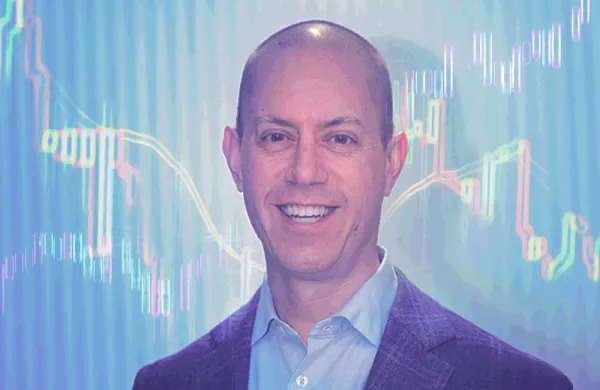While most investors assess climate risks of a company by evaluating carbon emissions, AQR Capital Management says that there’s more to the story.
In a new report, the alternatives firm explored the insights of a 2020 research paper and determined that investors could use these findings in tandem with other methods to protect their portfolios as the economy shifts to a low carbon model.
AQR points out that “climate change and carbon emissions are linked, but not synonymous,” which means that the emission data can’t perfectly reflect an individual stock’s climate exposure. As a complement to the traditional carbon-emission approach, AQR studied the new hedging framework proposed by five scholars last year from New York University and Yale University, who used machine learning and natural language processing techniques to analyze the price sensitivity of individual stocks to climate news coverage.
“Emission data are [a] noisy reflection of the true climate exposure of a firm,” the AQR report said. “This is both because some emissions may be difficult to measure, and [because] important drivers of climate exposure may not be captured by emissions.”
AQR analyzed the results of “Hedging Climate Change News,” which studied how stock prices react to climate news. The authors of that paper — Robert Engle, Stefano Giglio, Bryan Kelly, Heebum Lee, and Johannes Stroebel — first measured the word-count frequencies of a defined climate-change vocabulary and the sentiment of news articles from the Wall Street Journal. They then pinned down climate terms such as “greenhouse,” “carbon,” “climate,” and “temperature” noted in white papers such as the Intergovernmental Panel on Climate Change. Once that was complete, they constructed the WSJ Climate Change News Index and ran regressions on factors such as the size, value, and ESG scores of the firms involved.
The end result is a framework that uses machine learning to manage the risks of climate change in a portfolio.
The 2020 paper found that a hypothetical portfolio assembled using companies’ ESG scores from vendors such as Sustainalytics and MSCI “has a positive and significant sensitivity.” That phrase means that “in periods with more climate news, it is advantageous to be overweight ‘greener’ firms with higher E-scores.” Firm size also stood out as an important factor affecting media coverage on climate. According to the paper, larger firms “tend to realize lower returns than small firms around bad climate news events.”
“The hedged portfolios are designed to be relatively industry-balanced, identifying those firms with the largest exposure to climate change risk both within and across industries,” the AQR report said.
The largest shorts in the portfolio are firms involved in coal mining and water transportation, while the largest long positions are those involved in building materials, gardening supplies, and tobacco products.
“These results highlight [the idea] that the optimal climate change hedge portfolio isn’t necessarily consistent with simple, intuitive rules of thumb, such as going long green energy stocks and shorting oil companies,” the AQR report said. “The overweight to tobacco is particularly surprising, since this industry is generally considered to be anti-ESG and is outright excluded in many ‘sustainable’ portfolios.”







